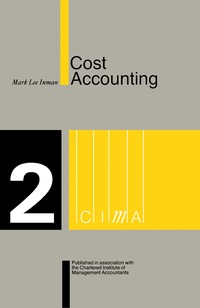Question
Liang Company began operations in Year 1. During its first two years, the company completed a number of transactions involving sales on credit, accounts receivable
Liang Company began operations in Year 1. During its first two years, the company completed a number of transactions involving sales on credit, accounts receivable collections, and bad debts. These transactions are summarized as follows. Year 1
- Sold $1,351,700 of merchandise on credit (that had cost $978,800), terms n/30.
- Wrote off $18,800 of uncollectible accounts receivable.
- Received $674,800 cash in payment of accounts receivable.
- In adjusting the accounts on December 31, the company estimated that 1.80% of accounts receivable would be uncollectible.
Year 2
- Sold $1,561,300 of merchandise (that had cost $1,302,500) on credit, terms n/30.
- Wrote off $29,600 of uncollectible accounts receivable.
- Received $1,218,600 cash in payment of accounts receivable.
- In adjusting the accounts on December 31, the company estimated that 1.80% of accounts receivable would be uncollectible.
Required: Prepare journal entries to record Liangs Year 1 and Year 2 summarized transactions and its year-end adjustments to record bad debts expense. (The company uses the perpetual inventory system, and it applies the allowance method for its accounts receivable.) (Round your intermediate calculations to the nearest dollar.)










Step by Step Solution
There are 3 Steps involved in it
Step: 1

Get Instant Access to Expert-Tailored Solutions
See step-by-step solutions with expert insights and AI powered tools for academic success
Step: 2

Step: 3

Ace Your Homework with AI
Get the answers you need in no time with our AI-driven, step-by-step assistance
Get Started


